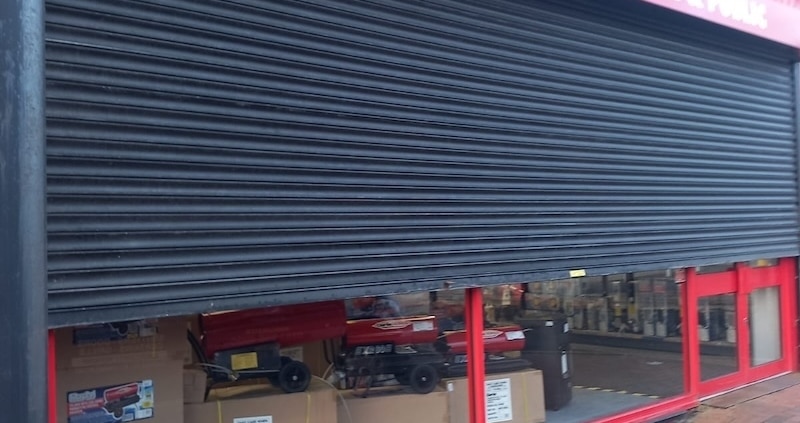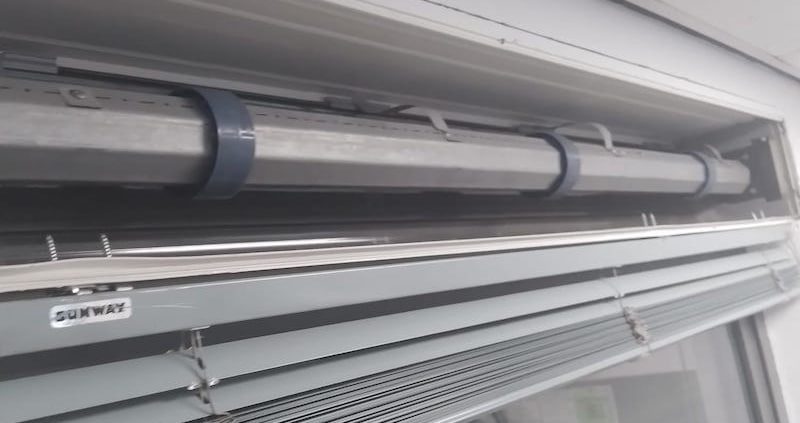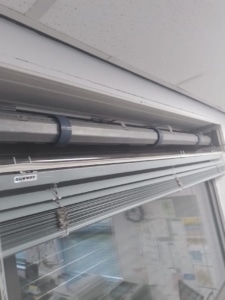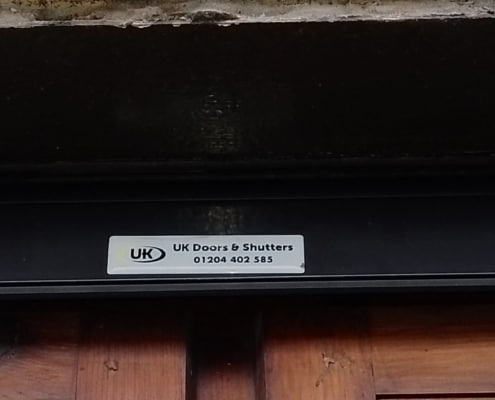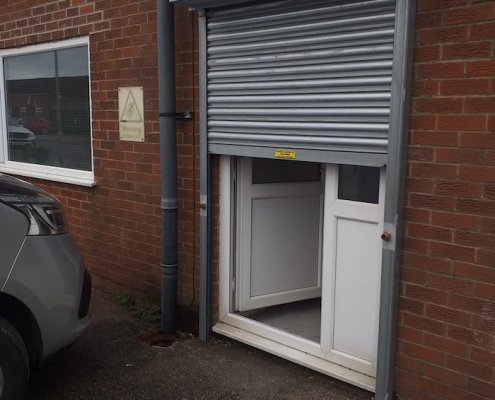In the diverse and evolving UK market, the demand for efficient, secure, and aesthetically pleasing window treatments has led to the increasing popularity of roller shutters. These versatile shutters offer not just enhanced security but also insulation, noise reduction, and privacy control. However, the decision between electric and manual roller shutters can be a bit of a conundrum for many homeowners and businesses. This guide delves into the different types of roller shutters available, along with their pros and cons, to help you make an informed choice.
Understanding Roller Shutters
Roller shutters are composed of many horizontal slats hinged together, which can be rolled up or down to cover a window or door. They are widely used across the UK for residential, commercial, and industrial properties. The primary distinction lies in their operation mechanism – electric (also known as motorised) or manual.
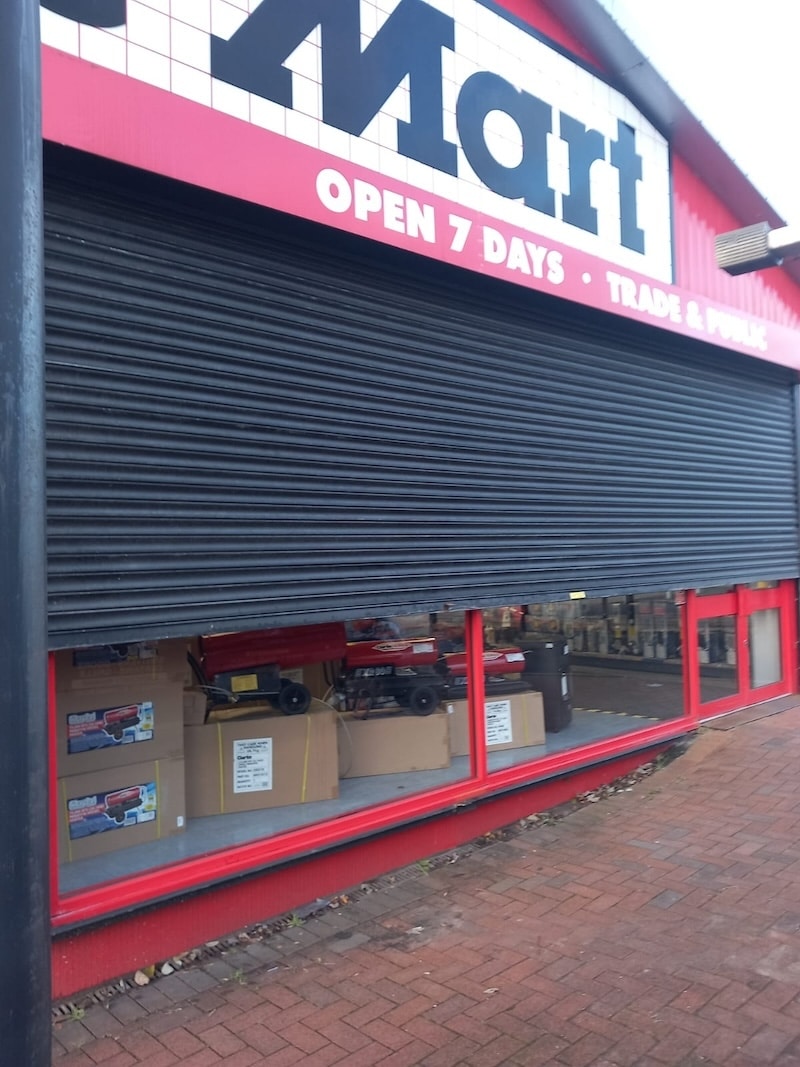
Electric Roller Shutters
Pros
Convenience
With just the push of a button, electric roller shutters roll up or down, making them particularly useful for hard-to-reach areas.
Safety Features
Many electric shutters come with advanced safety features like obstacle detection, which stops the shutter if it encounters any obstruction.
Automation and Smart Home Integration
They can be integrated into smart home systems, allowing for scheduling and remote operation via smartphones.
Energy Efficiency
Electric shutters can help in reducing energy bills by keeping heat in during the winter and out during the summer.
Cons
Higher Initial Cost
The convenience and technology of electric roller shutters come at a higher initial price compared to manual options.
Maintenance and Repair
Potential electrical issues may require professional repair, possibly incurring higher maintenance costs over time.
Manual Roller Shutters
Pros
Cost-Effective
Manual shutters are less expensive upfront, making them a budget-friendly option for many.
Simplicity and Reliability
With fewer components that could malfunction, manual shutters are considered more reliable and easier to maintain.
Physical Control
Some users prefer the tactile response and physical control of manual operation, especially in environments where electricity is unreliable.
Cons
Physical Effort
They require physical effort to operate, which may not be suitable for everyone, especially for those with mobility issues.
Limited Features
Manual shutters lack the advanced features and automation options available with electric shutters.
Types of Roller Shutters Available in the UK Market
- Built-on Roller Shutters These are mounted outside the window or door and are visible when rolled down.
- Built-in Roller Shutters Integrated into the window or door frame, they offer a more seamless look.
- Security Roller Shutters Specifically designed for enhanced security with reinforced materials.
- Insulated Roller Shutters Focused on energy efficiency, these shutters are filled with insulating materials to help control the temperature.
Making the Right Choice
The decision between electric and manual roller shutters boils down to your specific needs, preferences, and budget. Electric shutters offer convenience and advanced features but come at a higher cost, both upfront and potentially in terms of maintenance. Manual shutters, on the other hand, are cost-effective and reliable but lack the ease of use and advanced features of their electric counterparts.
When selecting roller shutters for your UK property, consider not just the initial cost but also the long-term benefits and potential savings on energy bills, especially with insulated models. Additionally, factor in the ease of use, security features, and how well they integrate with your property’s aesthetics and functional requirements.
Whether you opt for electric or manual, roller shutters are a valuable investment in your property’s security, energy efficiency, and comfort. By carefully weighing the pros and cons of each type, you can choose the best roller shutters to meet your needs and enhance your property for years to come.

